
Essential oils are wonderful little substances. They’re the distilled essence of various substances, usually herbs of some kind, condensing the potent effects of the plant into a single liquid form. They’re very potent, so much so that they can be difficult to use. I’ve had spilled drops strip the finish off a wooden table; needless to say, you don’t want to get that in the wrong place.
When used safely and carefully, essential oils carried innumerable benefits. Thankfully, it’s easy to use them safely once you know how, and I’m here to teach you. The delivery method I like the best is inhalation, because let’s face it; these oils all smell wonderful! Aromatherapy isn’t the only way to use them, of course, but It’s the one I’m talking about today.
Method 1: Waft the Bottle
The first and simplest method is to simply open your bottle of essential oil and take a good whiff. If you only need a brief pick-me-up, use the scientific method of waving your hand over the bottle toward your face. This will get you a whiff of the scent, but won’t give you the full-on impact of undiluted essential oil. If you want a bit of a stronger infusion, go ahead and stick the bottle a few inches under your nose and breathe in. Avoid snorting the oil! Not only would that be very unpleasant, it would probably hurt.
Think of this method as a sort of booster shot for your brain. A quick sniff of oil will perk you up. It will probably make you sneeze a little and clear your sinuses right up. It’s a good way to get the scent right into the receptors in the back of your nose, but It’s also going to be short-lived. It’s a good way to center yourself, gather your energy and focus, and get ready to start a day. It’s good to take a whiff before you go out for the day, for the added energy and upbeat attitude it will give you.

If you’re looking for something a bit more potent or a bit longer lasting, you can check out the next method on the list.
Method 2: Oil Your Hands
Before I describe this process, you should know that you should never rub undiluted essential oil on your skin. It’s very potent and can lead to some skin problems, though some oils are worse than others. To be safe, you should dilute your essential oil with a carrier oil.
Essential oils are very volatile types of oils. This means they react with oxygen in the air and evaporate quickly. This is a good thing, because It’s how the oil gets into the air for you to inhale for aromatherapy! It’s also a bad thing, because it makes them very strong and very short-acting. In order to make them safe for topical use and to extend their viability, you need to dilute them.
Carrier oils are non-reactive, and mix well with essential oils. They allow the essential oil to evaporate much more slowly, and dilute the potency of the oil so It’s less potentially damaging in concentration. Most carrier oils are neutral in scent, letting the essential oil do the talking, so to speak. I recommend Grapeseed oil, but you can also use sweet almond oil, coconut oil, or even olive oil, though olive oil tends to have a short shelf life in comparison to other carrier oils.

A good, safe dilution for inhalation is going to be somewhere around 5-10 drops per ounce of carrier. You can adjust this to reach the potency you prefer, based on your carrier of choice and the desired effects you wish to reach.
As for the actual method, take a few drops of your diluted oil and rub them into your palms. Then, simply cup your hands over your nose and breathe deep. You’ll get a solid infusion without worrying about overdoing it in your sinuses. Try this with peppermint and You’ll have clearer sinuses than you ever thought possible.
Method 3: Diffuse in the Air
Now, both of the previous methods are short-lived boosts to your system based on a direct inhalation. Having residual oils on your hands will help keep a scent lingering, but it will very quickly lose most of its potency and won’t last throughout the day. If you’re looking for something a little longer-lasting, this method is for you.
If you work from home, if you spend a lot of time in your home or in an office, or if you simply want to boost yourself in a given location, you can go for a more passive diffusion option. This option is simple, and It’s one of the most common ways to expose yourself to a reasonable level of essential oil throughout the day.
All you need is a decorative bowl and a cotton ball or two. Take the cotton ball and put a couple of drops of your favorite essential oil on it. Don’t soak it! That’s too much essential oil and, while it will be very potent, will also die down quickly as it all evaporates.
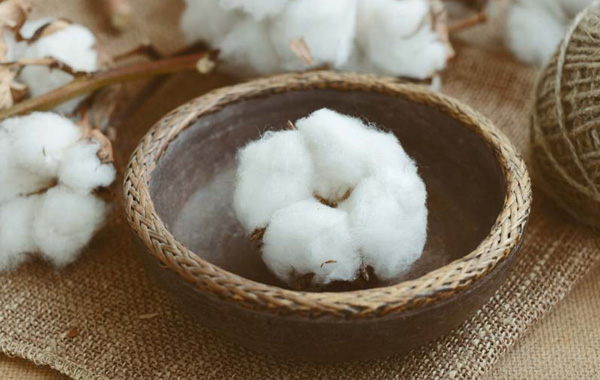
There are a few things you can do with an oil-infused cotton ball. I like to place one in a decorative bowl and let it diffuse on my desk for hours. You can always refresh it or swap out cotton balls if you want to change the scent and mood of the room. You can also leave a cotton ball in a drawer with your shirts or socks, to passively infuse your bedroom and add a hint of freshness to your clean clothes.
You can use this method in a manner similar to a personal diffuser if you’re out on the go as well. A claw or terra cotta pendant will soak up a few drops of oil and carry the scent with you for hours. You don’t need cotton balls everywhere you go.
Method 4: Nebulize the Benefits
A cotton ball will still need to be refreshed periodically throughout the day. If you want something lower maintenance, which can keep up the aroma throughout the day, what you want is some kind of diffuser. There are, in general, two kinds of diffusers; hot and cold.
Hot diffusers will warm an oil or other substance to release its active ingredients. A hot plate that melts wax candles is one such example; your local candle outlet will sell one. They aren’t made for essential oils, but they share the same concept. You can also just go with a mixture of a few drops of your oil in some water that you heat up until it steams. The concept is the same; heat up the oil and release it into the air.
Cold diffusers are also called nebulizers. A nebulizer is a machine that converts a cold liquid into a vapor for you to breathe. They are often used to administer medicines, particularly for asthma sufferers. The downside to a nebulizer is that, since it doesn’t use heat and vaporization to diffuse your liquid, it needs to spray it, which requires power and a motor. This means a cheap nebulizer can end up being very noisy and inefficient.
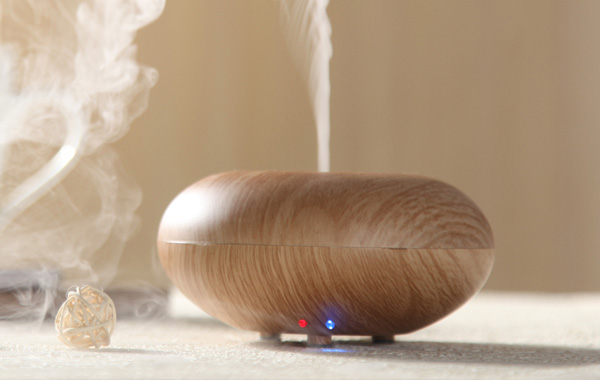
Still, I prefer nebulizers simply because essential oils can break down and lose their potency when heat is applies. If you’ve ever cooked with oil and seen how it burns, you know what I mean. I’d rather avoid that and simply deal with a cold diffuser. They tend to be best when used with oil mixes that promote healing or wellness throughout the day, rather than energy-boosting and one-time infusions.
Method 5: Infuse a Mask
There are two occasions when you may want to infuse a mask with your essential oils. One is for daily activity, and one is for sleeping at night. Both will take some getting used to, if you don’t have cause to wear a mask normally.
The daily activity mask is a typical surgical mask, the kind many people wear when they’re sick or worried about getting sick. I like this idea for using healing blends of essential oils. Carry them with you throughout the day and refresh your mask as needed. Just add a couple of drops to the back of the filter, so all the air you breathe is fresh, clean, and infused.
At the opposite end of the spectrum, there are sleep masks. Sleep masks don’t cover your nose, so you won’t get quite as potent a dose, but that’s okay. You’re not using it to focus on your day, you’re using it to help you sleep. A good sleep blend, or even just some lavender oil, goes great on the lower ridge of your mask. That way you can breathe it as you try to fall asleep.
Bonus: Steam a Towel
I mentioned before that I’m not a huge fan of heating up essential oils, but this instance is an exception. Rather than heat up the oil itself, what You’ll do is heat up some water and dilute a few drops of your oil of choice into the water. Make a bit of a tent out of a towel, over a bowl of your heated water, and let the steam rise.
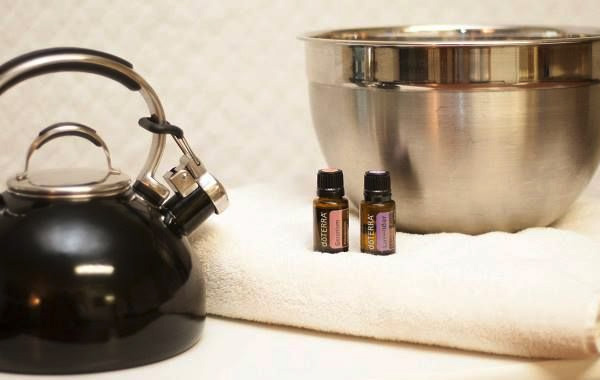
The towel traps your vapor and helps keep your essential oil concentrated around you. If you like, you can even dip a wash cloth or small hand towel, and use it as a compress for further benefits.
Types of Oils to Choose
What oils should you use for what purposes? Aromatherapy is as much an art as a science, so feel free to experiment. There are dozens of varieties out there; these are the best I’ve encountered for a few common purposes.
- Colds, Coughs, and Respiratory Distress: Marjoram, eucalyptus, tea tree, thyme, lavender, clove, and peppermint oils all help with the myriad symptoms of upper respiratory illness. They help clear your sinuses, reduce fevers, aid in sleep, and generally make you feel better while you’re trying not to feel miserable.
- Boosting Energy: Lemon, grapefruit, orange and other citrus, cedar, bergamot, jasmine, ginger, and pine oils are all great for energy and mood boosting. They help reduce stress and fatigue, relax your body and mind, and help you focus for a long day ahead. Blends of citrus and spice can do wonders in the middle of the day.
- Stress Relief: Lavender, coriander, peppermint, rosemary, sage, chamomile, rose, and frankincense are all excellent oils for reducing stress in your life. They go great for relaxing in the evening, after a long day, or even just when you feel you need a little pool of calm. They can also help a lot if you’re restless or tired and want to go to sleep.
Do your research and buy a few oils to try. Variety is the spice of life.
A Word of Warning
I mentioned this at the beginning, but It’s worth mentioning again. Essential oils are extremely potent substances, which means they can be dangerous to handle and use.
- Do not use essential oils either orally or internally. No drinking, no swallowing, no rubbing in wounds, nothing like that.
- Do not apply directly to the skin. I’ve noted this in the relevant sections above, but It’s worth reiterating. Any use on skin should be diluted with carrier oil.
- Always keep your essential oils out of the reach of children and pets.
- Do not apply oils to your nostrils directly or to your eyes, or to any other mucous membrane.
- Do not use essential oil therapy on infants, children, women who are pregnant, the elderly, or those with serious health problems, unless recommended by a doctor after serious medical study.
- Avoid prolonged exposure to essential oils without ventilation. The concentration of chemicals can be equivalent to using undiluted oils and carry the same side effects.
- Always store your essential oils properly, to avoid degradation and the potential for the oil to go rancid.
As an added disclaimer, none of the information in this article has been evaluated or approved by the FDA. This post is not intended to replace your own personal judgment, the judgment of your doctors, or medical treatment. This article is not meant to diagnose, treat, prevent, or cure any disease. Always seek the advice of your medical professional about the use of this or any other complimentary therapy. Reading this website denotes your understanding and agreement to this disclaimer.

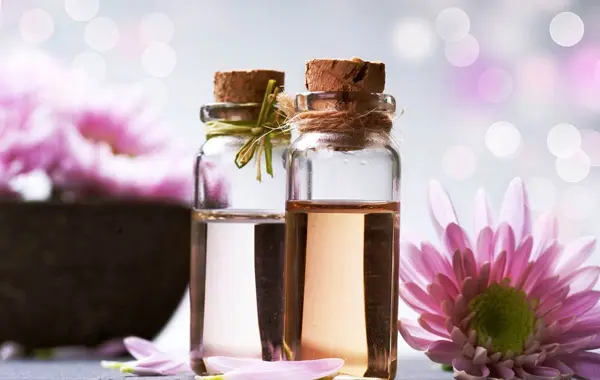
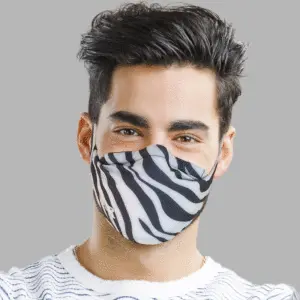
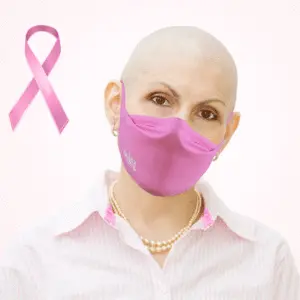

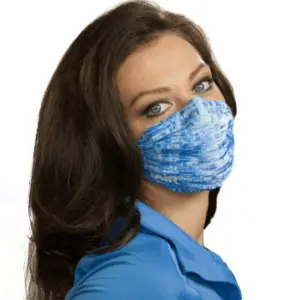

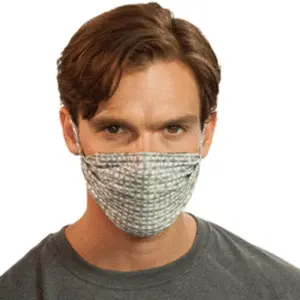
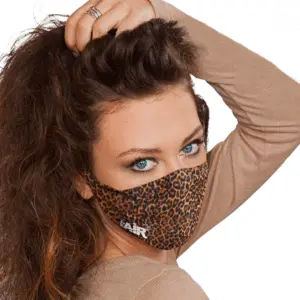
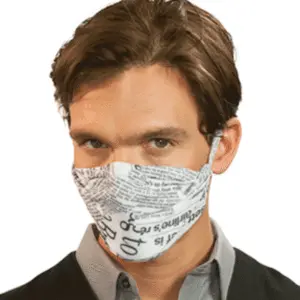



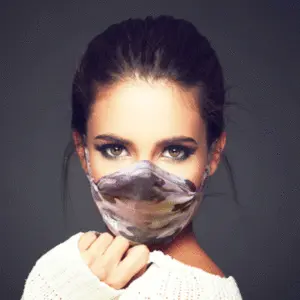
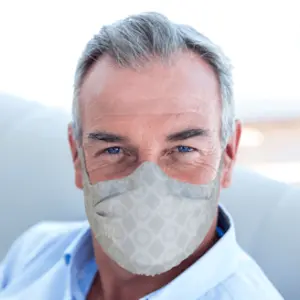
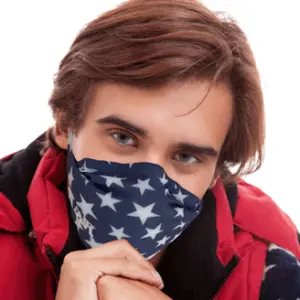



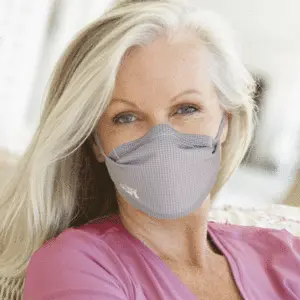
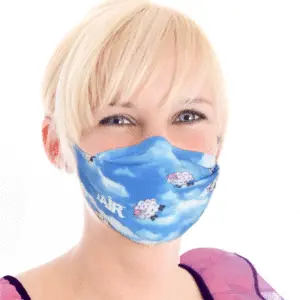
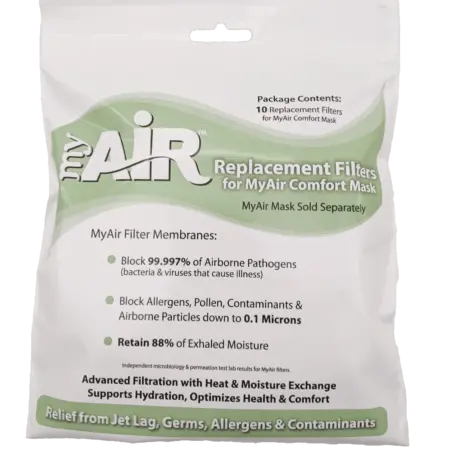
Great article. Thanks for the info. I have used a nebulizer to help in recovery of covid19 along with a diffuser . Really helps sinse I’m 71 n have a harder time of it.
Do I put eucalyptus oil straight into the cup of the nebulizer or must I dilute it? And to dilute , what do I use ?
Thanks.
Usually, you fill the nebulizer to a predetermined line with water and add a few drops of eucalyptus oil. Please refer to the manufacturers instruction.